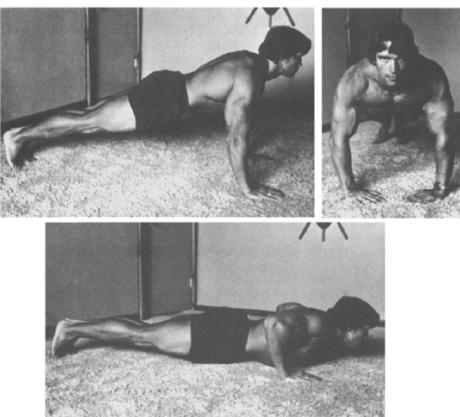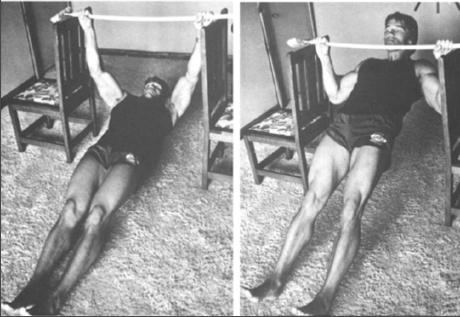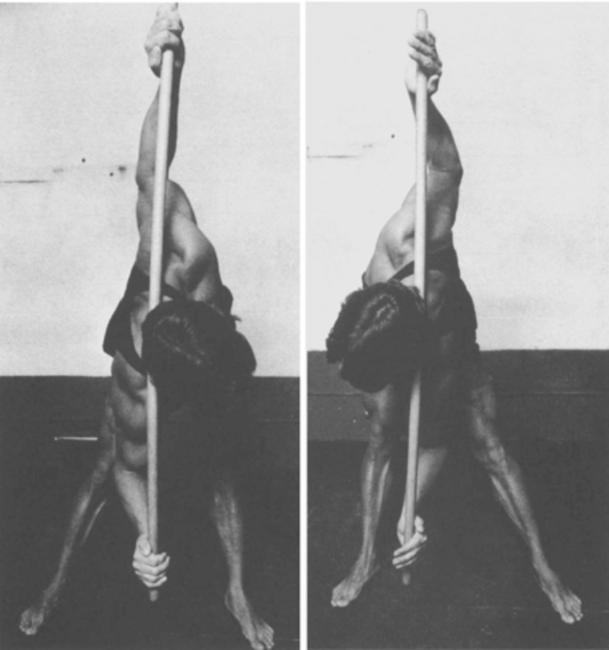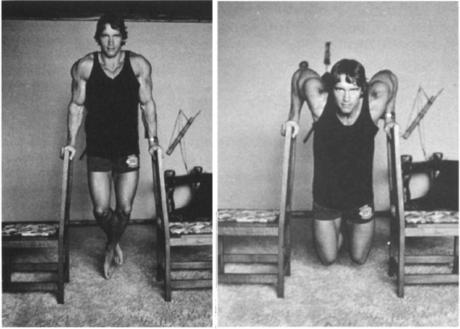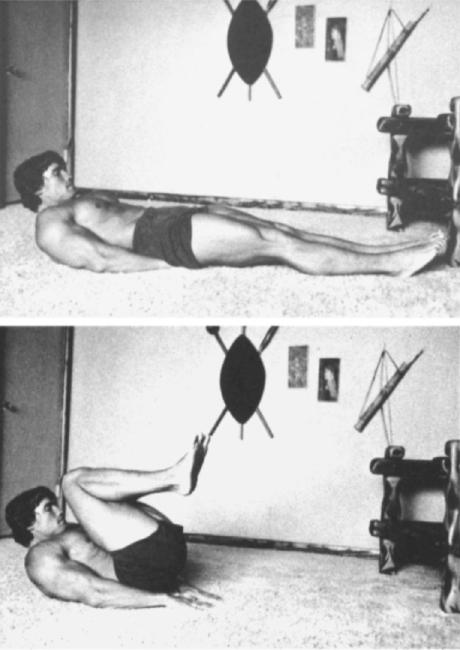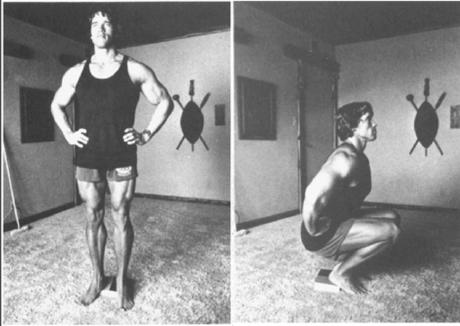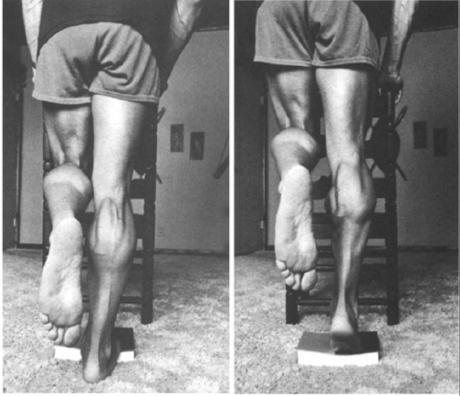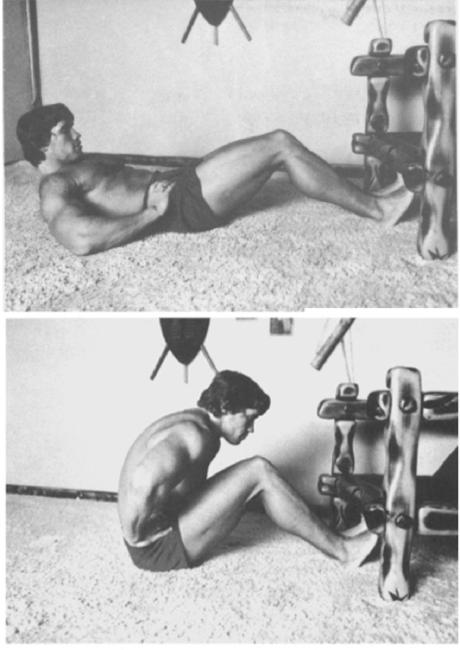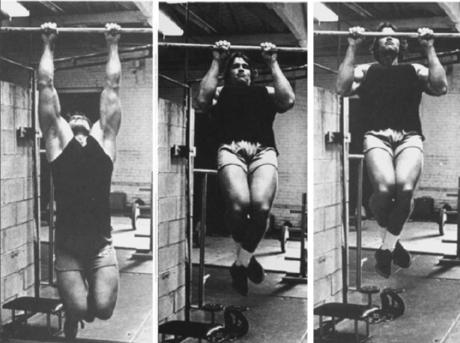Workout
Staying healthy and fit is key to success in life. Not only does regular exercising lower the risks of coronary heart disease, strokes, type 2 diabetes, cancer and other causes for early deaths, but it also helps sharpening one’s mind and focus.
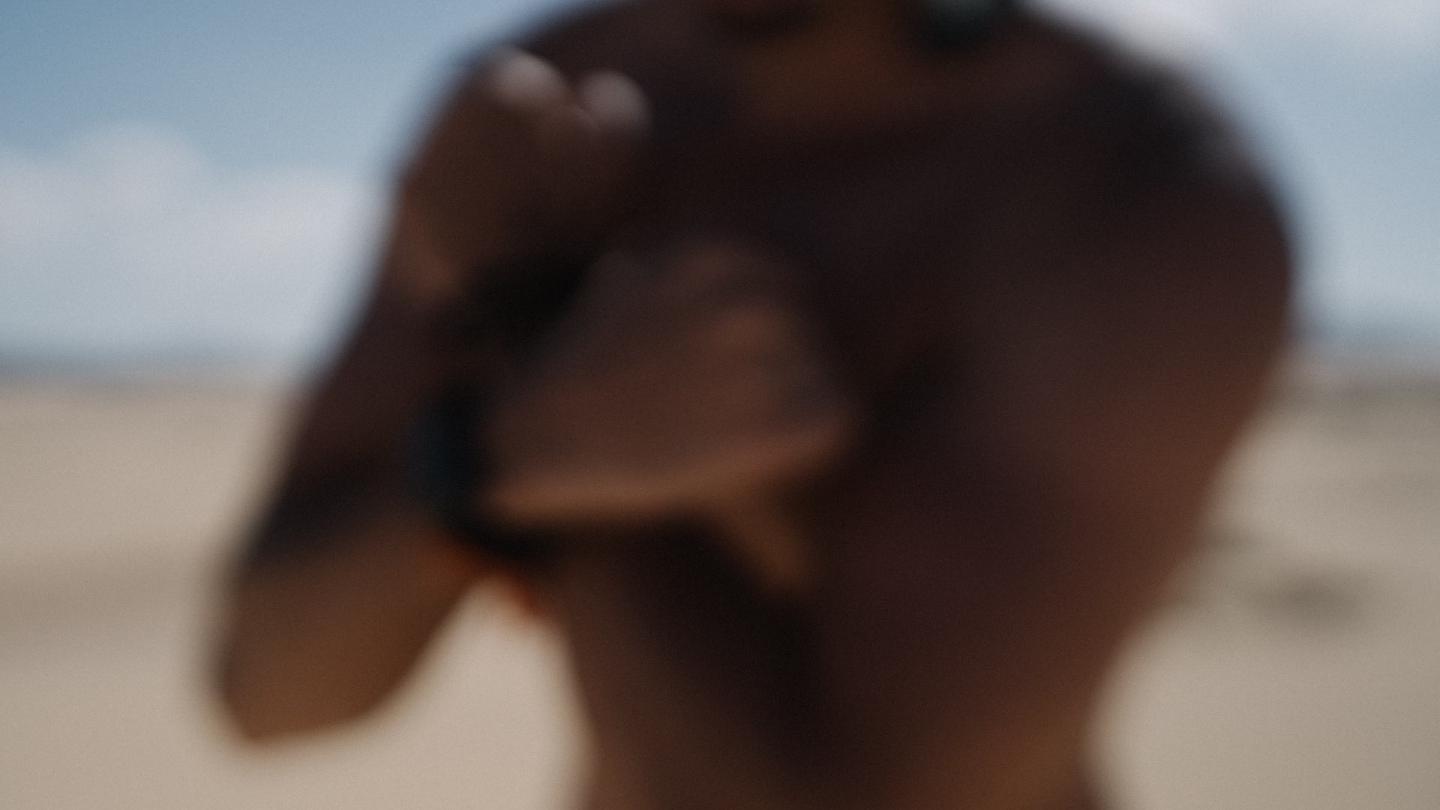
I got into working out when I was in my early 20s and back then my main motivation was to gain weight and body-mass. I’ve struggled to do so up until that point and always felt like that awkwardly skinny 6'1" guy. My weight at that time was just shy of 63kg/140lb and like most hardgainers at that age I got myself a gym membership and started lifting weights, while supplementing whatever crap the fitness industry had to offer: Protein shakes, Branched Chain Amino Acids, Creatine Monohydrate, Nitric Oxide boosters, Glutamine and all sorts of vitamins/immune-boosters. All that, paired with pretty intense 5 day splits led to a gain of roughly 32kg/70lb of muscle and body-fat over the period of four years – as well as some health issues along the way.
Having started at an extreme low, I quickly transformed my body to an opposite
extreme with little to no attention towards my health, in pursue of an
aesthetic that wasn’t either beneficial nor practical at all. I spent the
following two years dealing with the health-related consequences and dropped my
mass back to a more sustainable and healthy size.
One key change I implemented was the shift from a very weights-based routine
towards a cardio-based one. Over the time of nearly two years I managed to get
to a point where I could run over 6 miles / 10km at an average pace of
9'30"/MI on a regular basis and on top of that do a 4 day split strength training.
All that without any supplements apart from the usual post-workout Whey
shakes.
As I had to adapt to changing circumstances, like extensive travelling and the global health crisis, I kept varying my workout routine and found a good set of methods and tools that allow me to stay fit and healthy, while keeping me from exaggerating things into either direction.
The Foundation: Nutrition
The basis of every fit lifestyle is always the food we eat. In bodybuilding there’s a saying:
You don’t get big in the gym, you get big in the kitchen.
While the diet for a bodybuilding is a totally different one, than the one of a marathoner, the principle behind this is very much the same for both: Food is fuel for the body and requires some effort to get right. Depending on the individual goal one pursues, the diet might vary from a relaxed, easy to handle one up to an ridiculously strict meal plan that allows for little to no negligence.
Personally, I structure my diet based on the environment I happen to live in at that specific time. During my time in the US, good nutrition was not an issue at all, with Whole Foods and The Fresh Market carrying a variety of healthy, well balanced take-away options. Generally speaking, I found that the USA can be an incredibly comfortable place for someone on a healthy diet – if there’s enough willpower to resist all the bad stuff, and if you leave aside the fact that even healthy food in the US is full of chemicals that don’t belong there.
I found it similarly easy to follow a stricter, more nutritious diet across Asia and in most parts of Australia, even without having to actually cook for myself.
In Europe or Central America however it’s a different story. While there is some awareness on the importance of balanced diets across the nordic countries, in general European and Spanish-speaking nations don’t care too much about the protein/carb/fat ratios of their meals. Most restaurants and fast-food places are usually terrible options from a nutrition perspective, with only few places – that usually cater towards more organic food oriented customers – serving sufficiently balanced meals.
To me this means, that whenever I’m in a European country – especially if it’s a southern European one like Italy or Portugal – I have to make sure to find an Airbnb with a good kitchen. And even then it’s incredibly hard to find processed food that fits my macros. For example, most bread across these areas is made of flour that is high in carbs but very low in proteins. In addition to that, it’s also incredibly hard to find high protein dairy produce – not to mention dairy-free produce – that isn’t packed with ridiculous amounts of either sugars or fats. And while sugars and starches are a big issue all across the globe – especially in the US – it feels like in most places outside of Europe and Central America, there are at least more nutritious alternatives available to people willing to spend the extra dollar.
In Central America food quality is also an issue that needs to be accounted for. Cooling stuff is especially hard when you have 34C/93F outside temperatures, hence food tends to spoil super quickly or might even already be spoiled in stores. While I can stomach quite a lot, the Spanish-/Portuguese-speaking places around the globe have been the most difficult ones for me, in terms of food quality.
Since my diet varies heavily based on the country I’m in, I don’t have a specific meal plan that I follow. Instead, I try to look up or guesstimate the nutritional specs of the things that are available to me and pick the ones that fit my macros best. For some time now I’ve gone really basic in terms of the food I consume. I try to keep away from processed food as much as possible and I try to cook only basic meats, vegetables and carbs. I also vary my nutrition based on my activity:
If I’m happening to walk a lot through large cities like Seoul or hike through the moonscape of Fuerteventura, I raise my carb intake to make up for the burned calories; If I’m doing a lot of driving/boating/flying I prefer protein-loaded and lightweight dishes. I also eat sweets occasionally, but even there I try to stick with things that provide at least some nutritional value, like honey glazed peanut bars, peanut butter toast, porridge with fruits or protein pancakes. Luckily I don’t have too much of a sweet tooth and neither do I drink.
However, the things I usually look for in served meals or in self-cooked ones are:
- Large portions of fish, low fat beef, poultry, eggs, tofu or pork (ordered by preference, first to last), with around 50g to 80g of protein per serving
- Large portions of fresh vegetables, fruits and nuts of all kind
- Small to medium portions of rice, quinoa, buckwheat, bulgur, potatoes or sweet potatoes, beans or chickpeas
Ideally the ingredients should be either raw (unless it’s meat), cooked, baked or grilled and not fried. If it has to be fried, I prefer to use safflower, linseed, coconut, rapeseed or olive oil. I sparely use salt, if any at all. However I do use spices to flavor things up.
I usually eat four to five meals per day. One in the morning that is very heavy on proteins and fats, a big lunch around noon, a big dinner, a quick evening bite and sometimes a before bed snack. A day usually looks like this:
- Between 7am and 9am: Workout time
- Around 10am: Four to six boiled eggs with avocado and tomatoes, and afterwards a banana and a big scoop of peanut- or almond butter.
- Around 1pm: 100 to 300g beef with rice and lots of fresh vegetables
- Around 4pm: 150 to 250g chicken breast with rice and lots of fresh vegetables
- Around 7pm: 150 to 300g Skyr, sometimes with fruits (e.g. grapes, blueberries, …)
- (sometimes) Around 10pm: 250ml Kefir
I vary the types of protein on a daily basis, allowing me to have a pause from each type for at least one day, however I tend to rarely eat tofu and rather introduce variety through different seafood and fish. While fish is full of heavy metals that will bioaccumulate in humans, soy has its very own set of issues (goitrogens, protease inhibitors, isoflavones), not to mention all the additives that go into tofu or tempeh.
Besides, I don’t consume salt nor refined sugar at all. I usually season meats with fresh ginger, fresh garlic, herbs and spices. Sometimes I add a hint of honey to poultry before it’s done. I check sodium and potassium amounts for the little processed food that I buy – the Skyr/yogurt, Kefir, peanut- and almond butter, … – and if I use canned goods I make sure they don’t have added salt or sugar. Canned black beans for example usually contain ridiculous amounts of salt, which is why I resorted to buying beans and preparing them myself.
I used to use post-workout supplements like Whey protein shakes but I rarely do anymore. Also, I don’t use meal replacements like Huel anymore. If I’m looking to increase my protein intake, I simply increase the size of the protein sources for each meal. Usually 200g to 260g of protein per day is fairly sufficient for me, based on the 2g to max 3g of protein per kg body weight recommendation.
Workout Routine
My workout routine really isn’t a routine at all. While I did try to keep a routine for many years, I eventually gave up on predefined workout plans and routines, simply because it wasn’t possible for me to stick to them. When you’re travelling a lot, especially across different timezones and you have to deal with things like jet-lags and changing environments that require acclimatisation, it’s impossible to stick to conventional training plans and eating habits. Initially the fear of losing strength, condition and physique got me desperate every time I missed my weekly goals or couldn’t perform specific splits because I was lacking the equipment. However, it turned out that it didn’t really matter. In fact, if anything, the continuous variation in the amount and types of exercises that I’m able to do while travelling has resulted in an even better physique – at least as long as I kept a consistency throughout the months and years. I found out that for me personally it doesn’t really matter if I don’t work out for a week due to travel or other limiting factors, as long as those weeks don’t add up to months of inactivity. Before the global pandemic, even when I wasn’t working out for a couple of days due to all-day flights, it didn’t really matter that much, because dragging around my luggage for a full day or running through terrible airports (like CDG) to catch connecting flights was in itself a sufficient workout for that day.
Similar to my diet, the types of workouts that I do heavily depend on the environment I’m in. If the place is warm and sunny, my workouts will include a lot of running, skateboarding – if I can find a place to rent a good quality longboard – and maybe even swimming. The colder it gets, the more I’ll pivot from sweaty outdoor workouts to indoor exercises. For that, I carry a compact suspension training system with me, that I can attach to door frames, handrails or ridge beams. I shifted my weight-based workouts from exercises that depend on gym equipment to a purely bodyweight-based routine. While it’s possible to find hotels with great fitness rooms or even good gyms nearby, for me this turned out to be very hit-and-miss and became even less viable since the outbreak began. Besides, gyms usually charge you an arm and a leg if you’re not willing to commit to 12 or 24 month memberships. I remember desperately looking for a gym in Osaka that offered monthly memberships at a sane price with no success at all. Being able to do a proper workout without being dependant on anything but your own body (and maybe a set of paracord straps) has proven to be very valuable, especially in times like these.
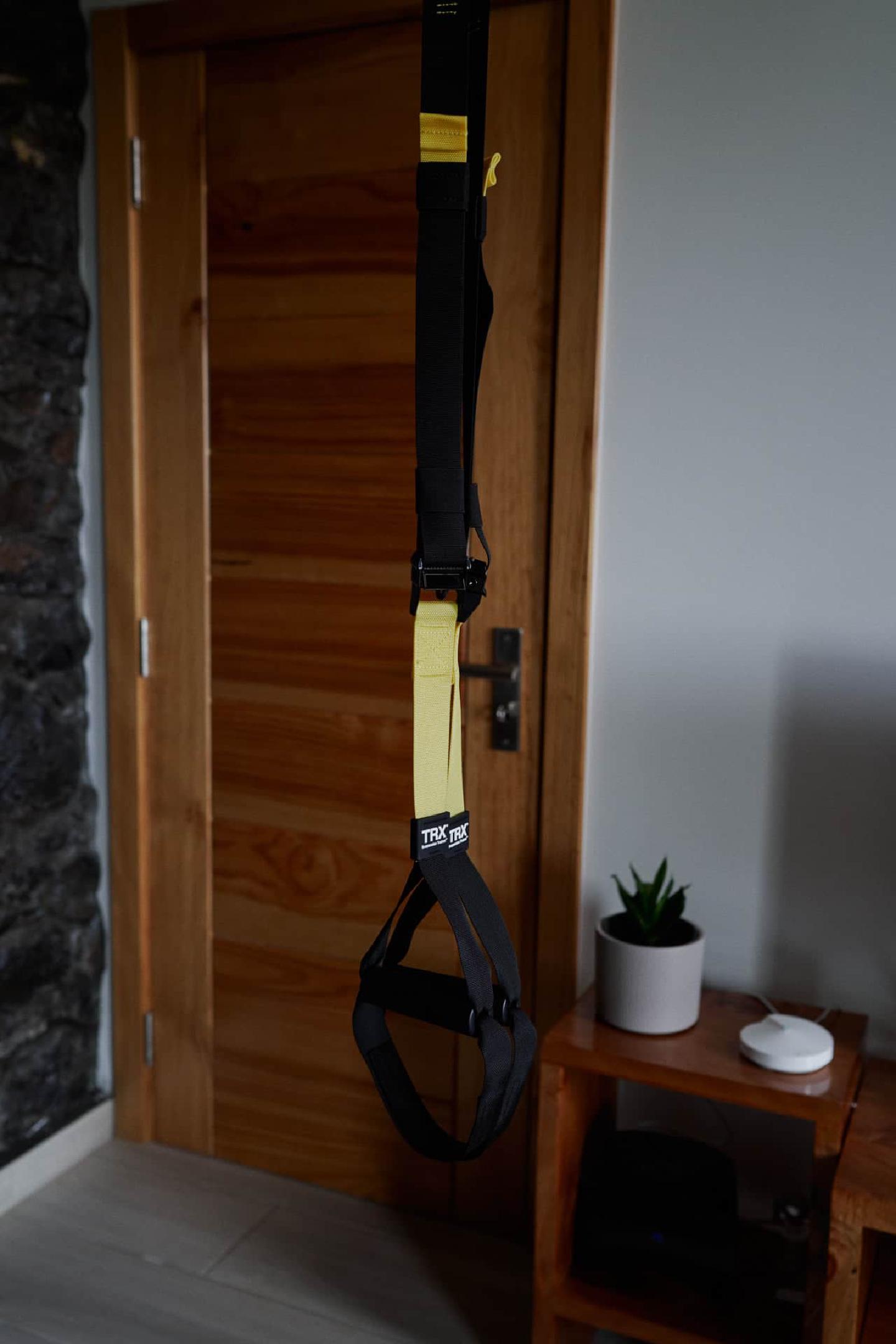
In addition to the usual bodyweight and the suspension training, I always look for ways to make use of my current environment for the purpose of working out. I’ve found a couple of good resources for inspiration on this more creative kind of training. Movement of Climbers for example oftentimes demonstrates great exercises that require little to no equipment at all. Hannibal Lanham also provides many valuable insights into purely bodyweight-based routines, and even Arnold himself has demonstrated decades ago that it doesn’t necessarily require iron to get pumped:
There are plenty resources on how to perform bodyweight workouts in a standard home without the need of fancy equipment. Simply look around and try to find items that allow you dip or pull up on. I personally find pull ups one of the most effective and therefor most important exercises to do, hence I’m always trying to find ways to do them. In one of my Airbnbs I used the bottom part of a handrail for that purpose. Two regular dish sponges helped making the frame’s sharp edges a little less painful to my hands and the rocky wall even allowed for one foot to cling on it and help with the last repetition.
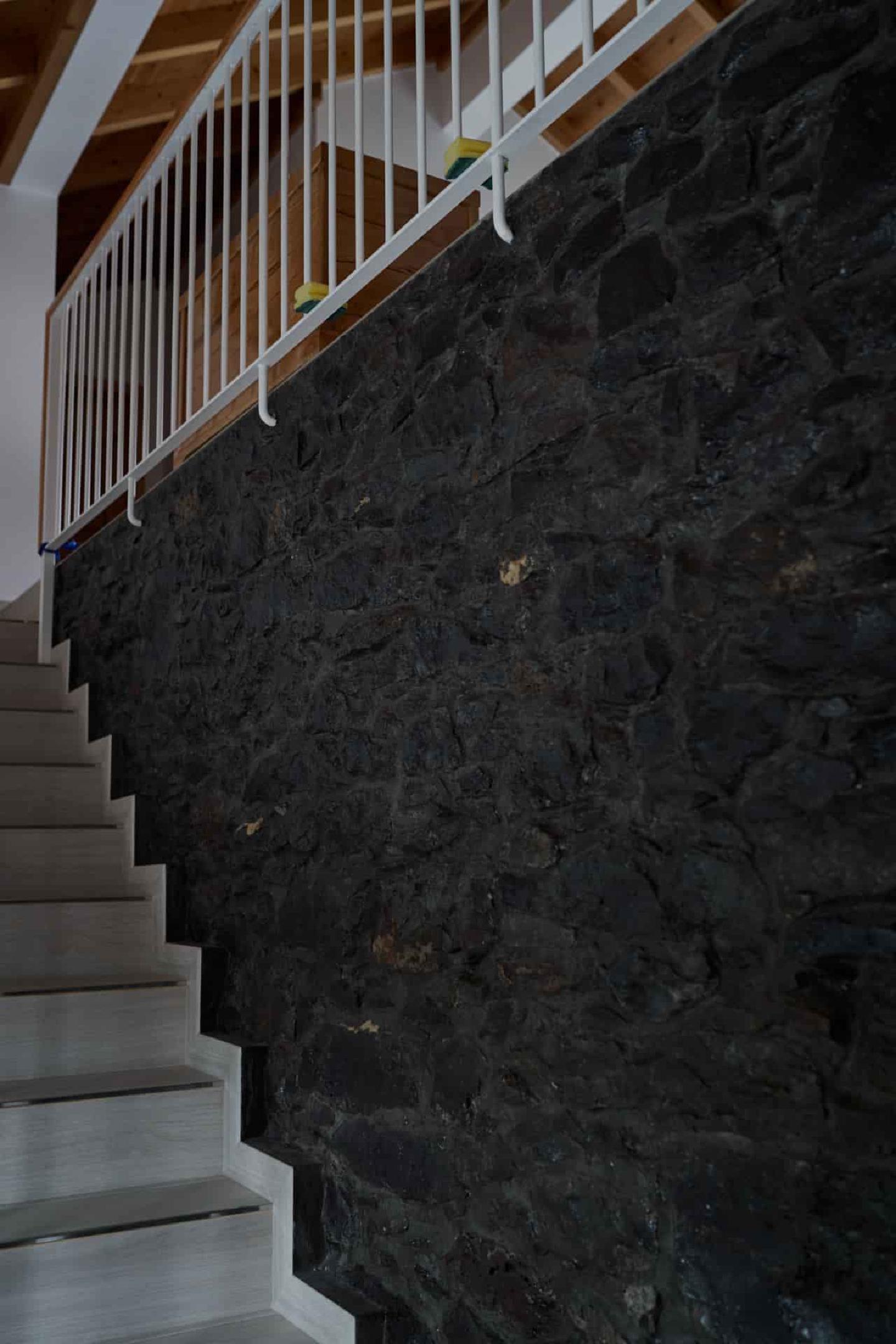
Additionally, I try to include the following exercises into my workouts:
- Push-up in different variations (military, wide, triangle, decline/elevated, pike, super, one-arm, flying, raised leg)
- Squats in different variations (regular, jumping, burpee)
- Lizard crawl
- Bicep curls in different variations (using the TRX or heavy chairs, sofas and similar objects as weights)
- Tricep curls and skull crushers in different variations (using the TRX or heavy chairs, sofas and similar objects as weights)
- Chest and tricep dips (using the TRX or two tables, chairs, handrails or side by side objects of similar height)
- Crunches, sit-ups, planks and similar abdominal exercises
- TRX-based exercises
One thing I began doing ever since I switched back to Gentoo on my
computer is to do push-ups while emerge --update --changed-use --deep @world runs – which I run every couple of days. While for most people
the worst day is leg day, for me it’s ungoogled-chromium update day.
Equipment
Apart from the suspension training system mentioned before I have two super lightweight and compact Yoga mats that I keep with me. Why two? Because one is not wide enough for many bodyweight exercises that I do, hence I place two Yoga mats next to each other.
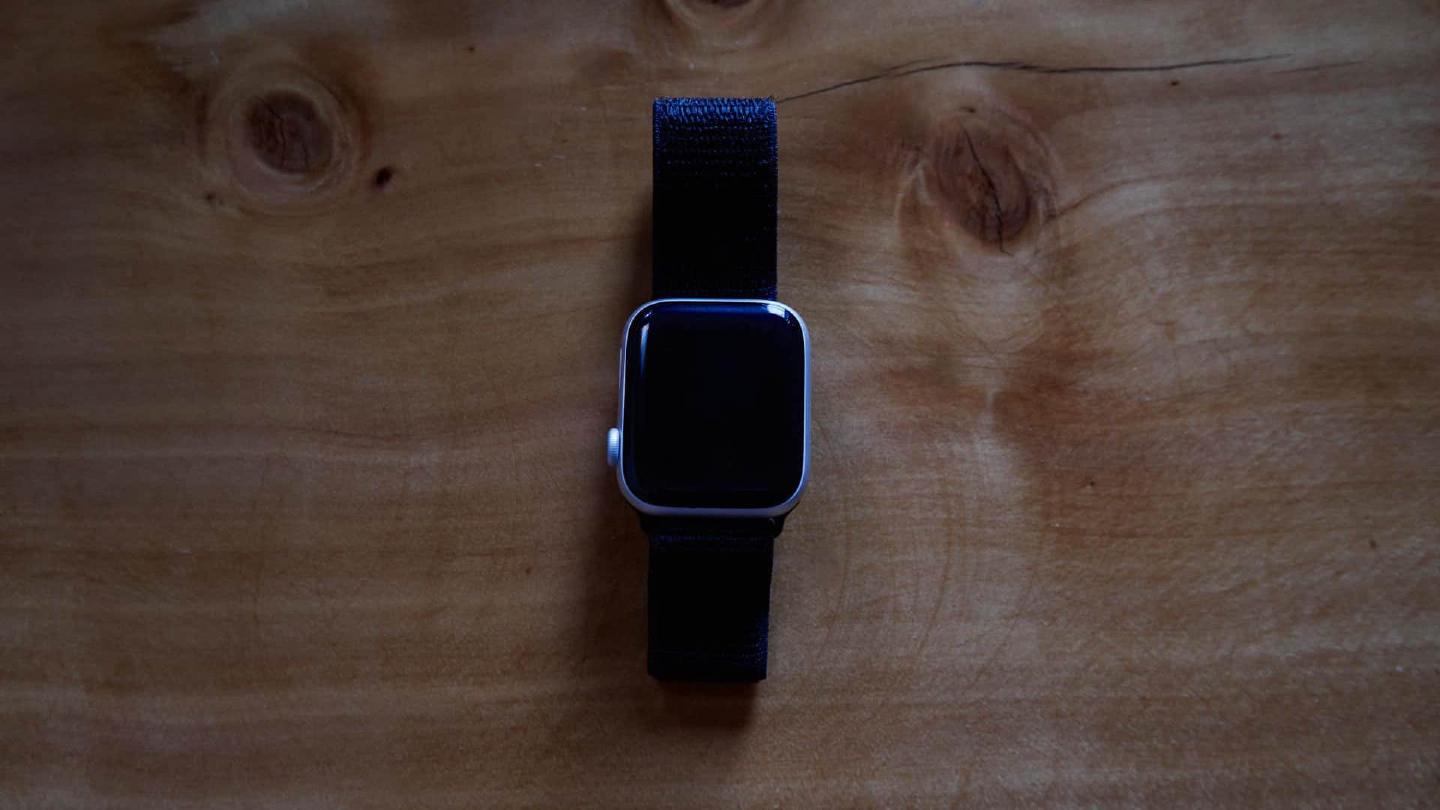
I used to wear a Series 4 Nike+ Apple Watch 44mm and Apple AirPods (RIP) during my workouts. The watch allowed me to track all my weight trainings as well as my runs, bike rides, skateboarding, swimming and even jump-roping. While I don’t care too much about the burned calories – since it’s only an estimated value based on periodic measures – it helps me to keep my heart rate in sight, to make sure I’m not pushing myself too little or too much.
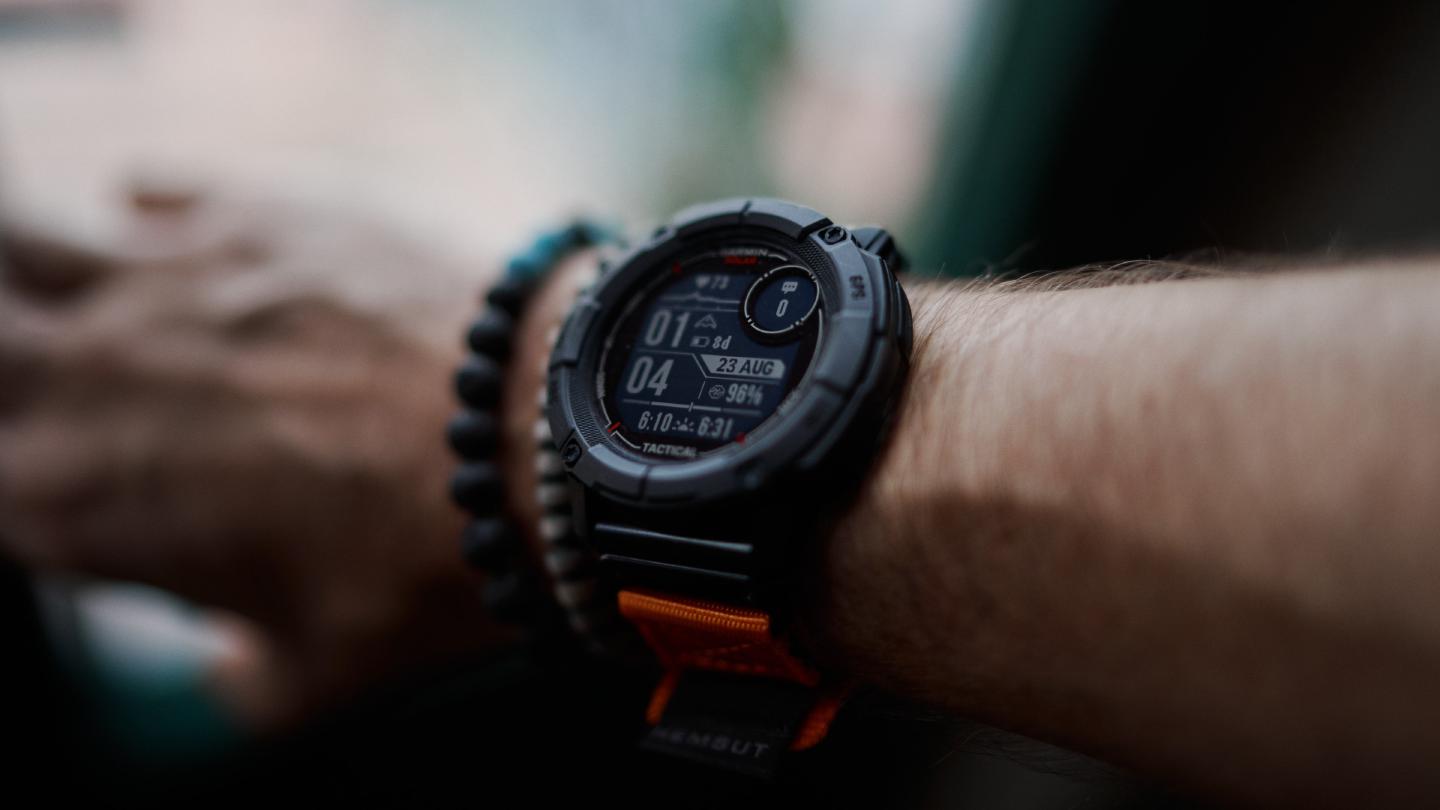
However, with increased privacy concerns and an aesthetic of the Apple Watch that I simply couldn’t grow accustomed to, I eventually replaced the Apple Watch with an all black Garmin Instinct 2X Solar Tactical. The Garmin offers the health and sports tracking features that Apple’s watch offers and even more beyond that – all without forcing me to use a cloud service or even a smartphone connection in first place. The accuracy seems to be on par with my older Apple wearable. On top of that, the Instinct’s battery life is virtually endless, due to its ultra low-power display and its ability to recharge through solar. However, with the Pulse Ox measuring set to All Day and the location services set to GPS + Multiband the Garmin’s runtime shrinks to about two weeks, depending on the amount and length of workouts that are being tracked.
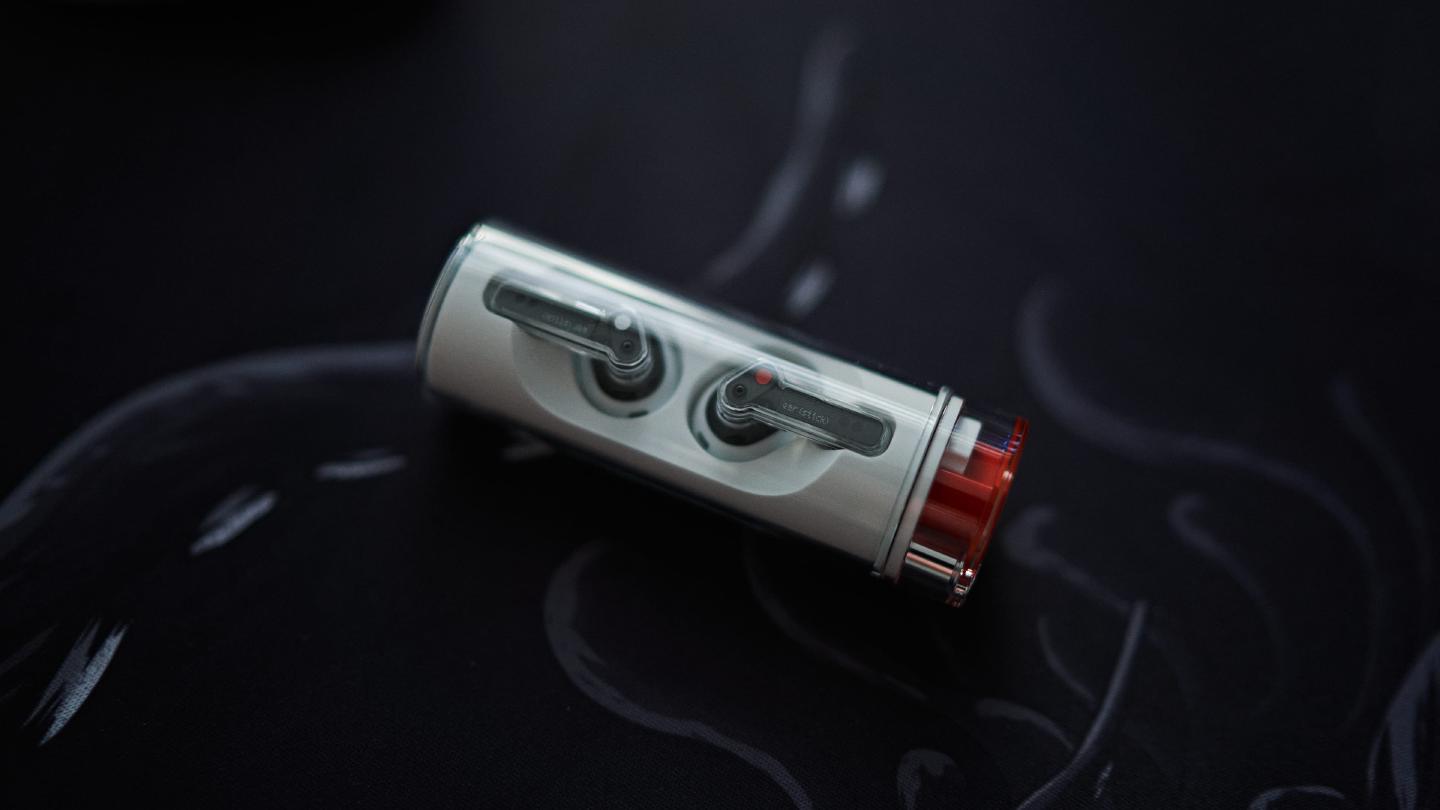
I replaced the Apple AirPods with nothing ear stick earphones, which I connect to my phone during workouts.
During my outdoor workouts, I wear whichever pair of running shoes I happen to have with me. Especially for running I find adidas’ older UltraBoost (1.0 - 5.0) very comfortable. I also gave the Nike React ISPA a shot, unfortunately they don’t work for me.
For the indoor exercises, I like to wear simple alpargatas.
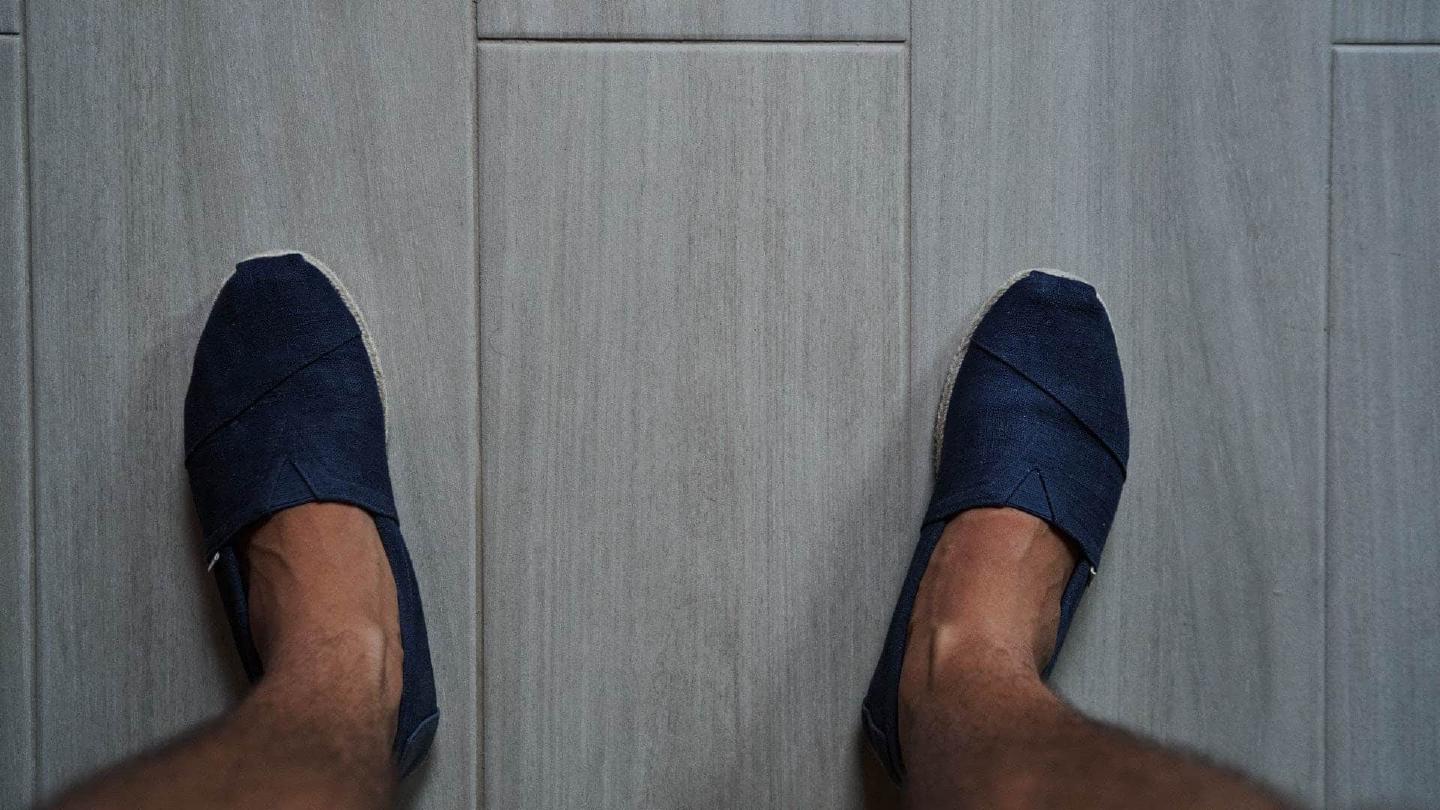
While I used to carry around a Pennyboard as sports equipment, I got rid of it simply because it became too impractical and even got me in trouble on several occasions. For example at the Jose Marti International in Cuba, where airport security wanted me to unstrap it from my backpack and leave it there – assumingly as a nice souvenir for them – before boarding my outgoing flight to Toronto.
Enjoyed this? Support me via Monero, Bitcoin, Lightning, or Ethereum! More info.
